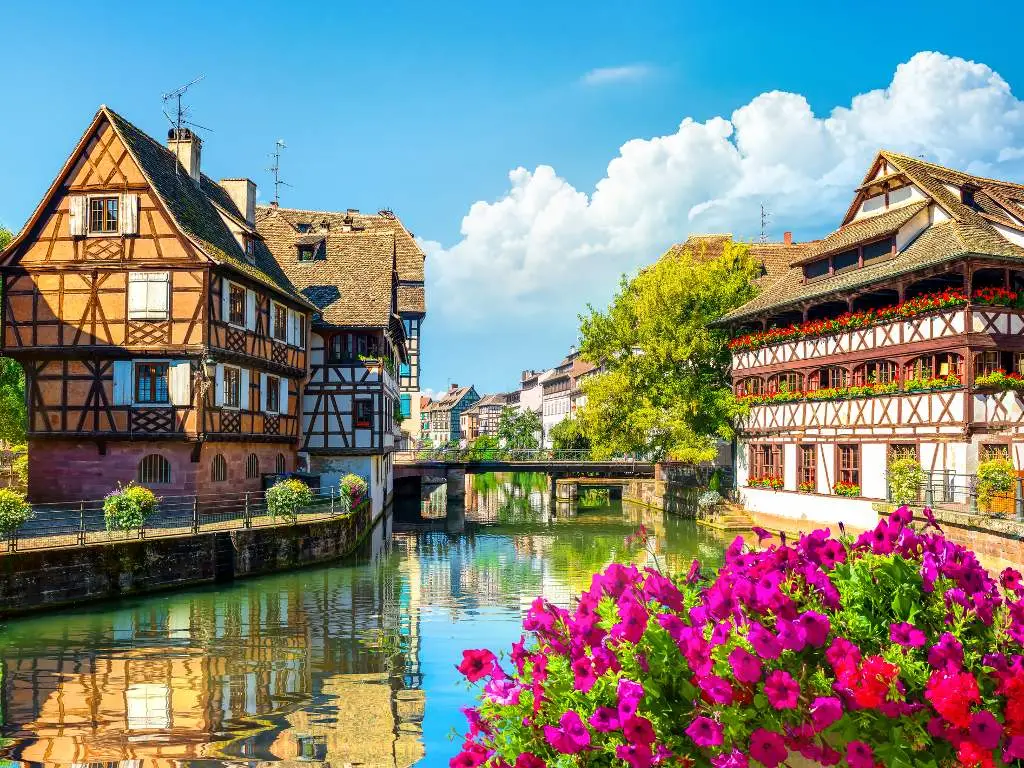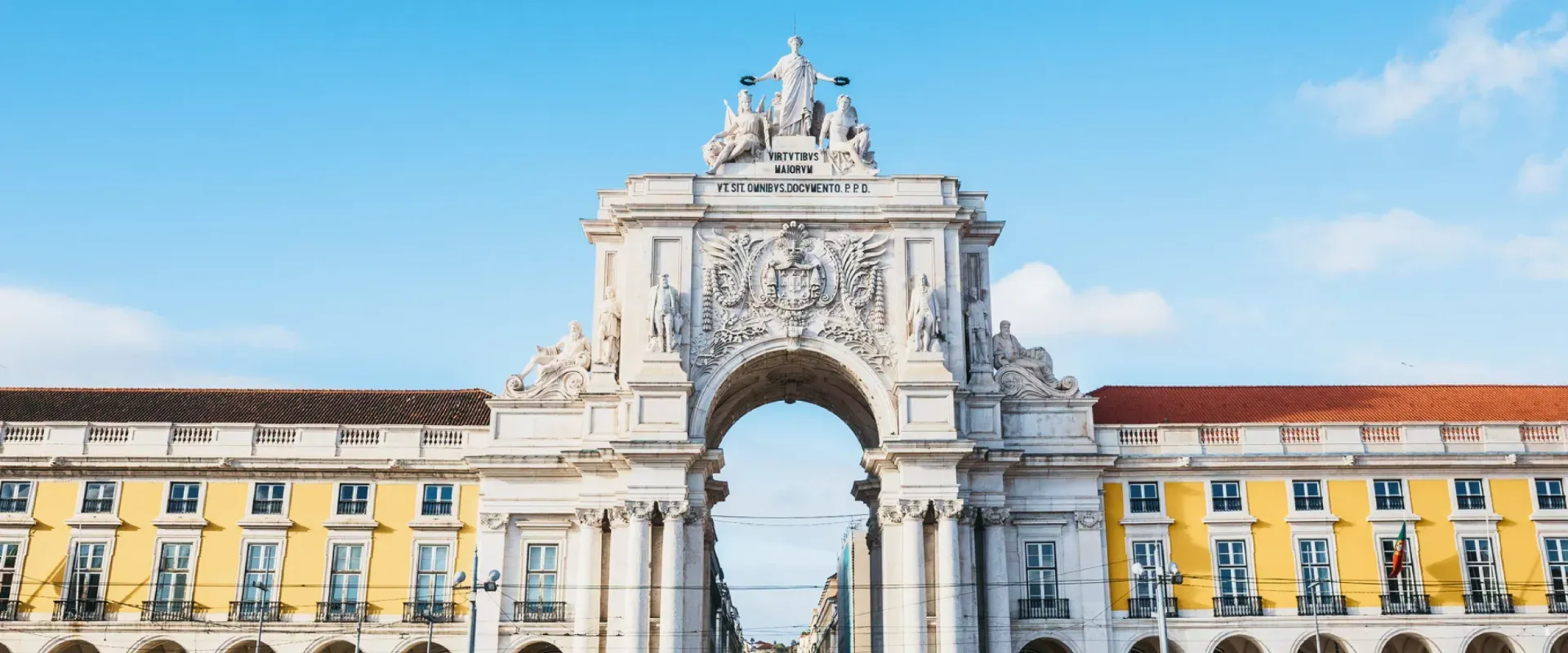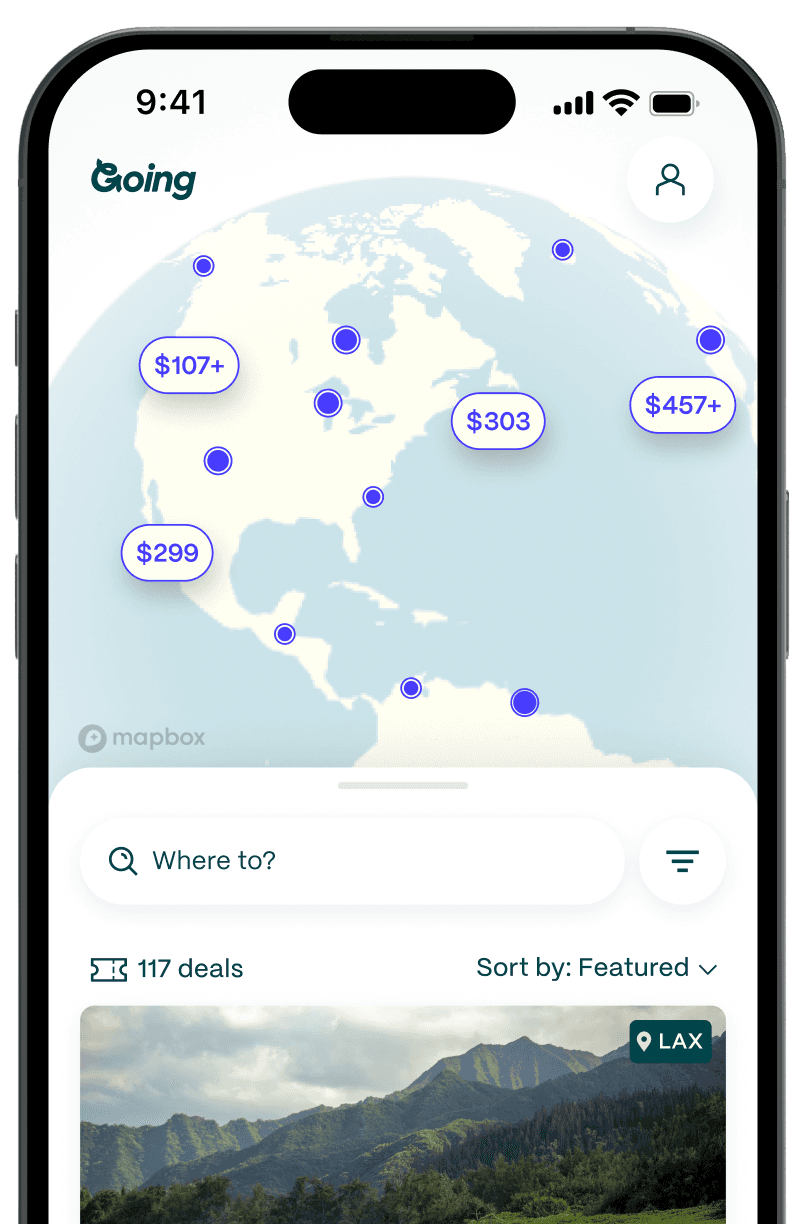
São Paulo: The Brazilian City Home to the World’s Best Barista
Home to the country’s largest airport, São Paulo is typically the first port of entry for many people visiting Brazil. The sprawling South American metropolis boasts a population of nearly 12 million people, but without natural attractions like Rio’s mountains and beaches to orient themselves, travelers can have a hard time cracking the code of this concrete jungle. The trick? Look for coffee, culture, and good food.
The city that coffee built
Originally founded by Jesuits in 1554, the city named for Saint Paul began as a small settlement on a plateau between three rivers. However, it was the coffee trade that fueled the growth of São Paulo.
After slavery was abolished in 1888, the city was advertised to workers all over the world, and immigrants looking for economic opportunities working on the coffee plantations arrived from far-flung countries like Italy, Japan, and Lebanon. While the questionable ethics of these arrangements have come under scrutiny, each group brought with them their culinary and cultural traditions. It would be this international workforce that would eventually transform the city into the cultural melting pot that it is today.
Brazilian coffee, known as cafezinho, is typically dark-roasted and brewed with sweetened water. The coffee is strong, but usually there’s a lot of sugar added. Not surprisingly, you can find many specialty cafes in the city, with Coffee Lab and Um Coffee Co. being the most well-known. The latter is even the home cafe of 2023’s World Barista Champion, so if you go, try to get a cup by Boram.
Eat like a Brazilian

Brazilian restaurants have spread around the world as eager diners indulge in meaty delights carved right at the table. São Paulo has plenty of these rodizio-style restaurants, including Fogão Churrascaria, highly regarded for its attentive servers, as well as well-loved and solid outposts of upscale international chains like Fogo de Chão in Jardim and Barbacoa in Itaim Bibi.
On the other end of the spectrum of all-you-can-eat restaurants, Brazilians sometimes prefer to graze on salgadinhos, cheesy or meaty pastries you’ll usually see in glass displays of cafe windows. The classic is the naturally gluten-free pão de queijo, a cheeseball made with tapioca flour, but you can also go for a deep-fried pastel (similar to an empanada) or find the country’s Middle Eastern influences in snack foods like kibes (kibbeh), compact balls of spiced meat, and esfihas (sfiha), handheld flatbread pies with a variety of toppings. The king of Brazilian snack food, though, is the coxinha, a teardrop-shaped morsel of deep-fried shredded chicken.
Muito chic

To compliment someone’s outfit in Portuguese, something you may be inclined to do often when rubbing elbows with Brazilian fashionistas, you can say “muito chic,” pronounced “muy-toe shee-kee.”
A fashion powerhouse in Latin America, São Paulo’s shopping opportunities deliver not only in quality, with high-end and international labels like Balenciaga at the JK Iguatemi Mall, but also in aesthetic variety, like with the alternative and edgy shops (and shows) at the Galeria do Rock.
There are plenty of shopping malls, but if you prefer to do your shopping in the fresh air, head to Avenida Paulista—preferably on a Sunday when the street is closed to car traffic—and make a day of it. You’ll notice immediately that international brands come with a high markup (so get your Nikes at home), but a trip to Brazil is a great opportunity to stock up on beachwear.
Know your Niemeyer
Although he is best known for his work in the urban planning of the capital city, Brasília, Oscar Niemeyer was also one of the designers (alongside landscape architect Roberto Burle Marx) of São Paulo’s greenspace gem Ibirapuera Park. The park is not just a pretty place for a stroll. It’s also a cultural center with three museums you can spend a whole day exploring: the Afro Brazil Museum, the Oca (a Niemeyer building inspired by Indigenous architecture), and the Museum of Modern Art. Look for the Auditório, a venue for events and concerts; it’s also perhaps the most iconic building in the park, as it shows off the architect’s mastery of creating curves in concrete and includes a feature resembling a flicking tongue.
An hour’s walk from the park through the affluent Jardim neighborhood, you can also visit the headquarters of Museum of Art São Paulo (MASP) on Avenida Paulista, designed by another notable architect, Lina Bo Bardi. The museum has over 10,000 pieces in its collection, and its founding played a vital role in bringing the modern art movement to Brazil, most notably by purchasing the works of European modernists like Picasso and Rembrandt.
A trip down Batman Alley

Artists have long expressed themselves on the streets of São Paulo with larger-than-life murals, but none of the city’s neighborhoods have embraced this undercurrent of urban creativity more than Vila Madalena. Surrounding Batman Alley (Beco do Batman)—originally one street known for its name-giving superhero mural that is now a bonafide labyrinth of art-covered concrete—the neighborhood has emerged as the city’s bohemian and youthful heart with lots of art galleries, fashion boutiques, and funky restaurants and cafes, as well as unusual finds like the artisanal cheese shop A Queijaria.
The original Batman mural is gone, but there are still many portraits of him in the alley and around the neighborhood. You can keep an eye out for works from the most well-known Brazilian street artists like Kobra and Os Gemeos, but the art is always changing so you really never know who you will discover.
A little piece of Japan

You’ll find the intersection of Brazil and Japan in a neighborhood called Liberdade. The neighborhood is also home to other communities from China, Taiwan, Thailand, and Korea, but throughout the 20th century, it was predominantly Japanese, and it still maintains this character today. The neighborhood was once a site for public executions of enslaved people, and so when the Japanese arrived looking for work during the coffee boom, the rent was remarkably inexpensive.
You can explore the full story at the Museum of Japanese Immigration. For a bite to eat, go for traditional noodles at Mugui, or enjoy both Brazilian and Japanese flavors at Bar Kintaro. Although it’s not in Liberdade, you can also take a trip to Japan House São Paulo, where you’ll find galleries and art installations, plus a Japanese bookstore and an impressive collection of artwork and other Japanese goods, like high-end sake, for sale.
The beautiful game

Soccer fans visiting São Paulo owe it to themselves to make the fulfilling visit to the Museum of Football, which highlights the Brazilian history of the sport. But why stop there—you should also catch a match while you’re in town. Everyone knows that Brazilians, who are eager to boast about their five World Cup wins, are enthusiastic about soccer, so before buying your tickets you should familiarize yourself with the three clubs of the city: Corinthians FC, São Paulo FC, and Sociedade Esportiva Palmeiras. Sometimes Santos, the team of Brazil’s most famous player Pelé, is thrown into the mix of São Paulo soccer fans, but the club is actually based on the coast of São Paulo state, in the city of Santos.
The frontier of Brazilian fine dining

Historically, the fine dining scene in São Paulo was heavily influenced by a European style of cooking, but recently the city’s most revered restaurants have been making an effort to explore the country’s wealth of rare and underutilized local ingredients. The two-Michelin-star D.O.M. is one of the pioneers of this movement with a menu that frequently embraces Indigenous ingredients like rare fruits, herbs, and insects, as well as fish from the Amazon River.
Every year, more and more restaurants up their game in São Paulo. One of the hottest tables right now—named the best restaurant in Brazil by The World’s 50 Best in 2023—is at A Casa do Porco, a meat lover’s dream where every part of the pig is utilized in its creative tasting menu.
Good to Know
Is São Paulo expensive?
São Paulo has its pricey side, but it is generally an affordable city, where a three-star hotel will cost you about $150 per night and a hostel about $30. A mid-range meal will cost you about $20, with $12 for a standard entrée. Street food is readily available to fill in for a meal with assorted salgadinhos (salty pastries) costing about $3 for 10 pieces. Shopping and fine dining will raise your expenses, as will Ubers if you plan to hop around the city, but it’s more than doable to have a great experience in São Paulo for under $100 per day.
Best time to visit São Paulo
Spring in São Paulo has the best weather, but a trip in the fall (March to June) offers the opportunity to check out one of the world’s biggest Pride celebrations and the local fun of Festa Junina, a harvest festival that usually involves farmer-themed costumes and street fairs.
What languages are spoken in São Paulo?
Portuguese is the main language spoken in São Paulo. It’s very unlikely that the average Paulista (São Paulo local) will speak English, but in hotels, museums, and other tourist areas, it’s the standard.
São Paulo with kids
Brazilian culture is very welcoming and accommodating for families and children, with kids’ menus and entertainment available in many restaurants. However, São Paulo’s cultural attractions might not appeal to younger kids. Teens, however, might be interested in checking out the trendy vibes and street art of Vila Madalena.
São Paulo public transportation
São Paulo is notorious for its heavy traffic, so while you can get around by car and rideshare, it would be quicker and more affordable to use public transportation whenever possible. The metro covers many of the city’s major zones, but it doesn’t go everywhere, so expect long walking distances from each station to your destination.
Is São Paulo safe?
Brazil ranks #132 out of 163, according to Vision of Humanity’s Global Peace Index. Both petty theft and violent crime are, unfortunately, common in São Paulo, and tourists are known to be targets. Make sure you leave your valuables at home or discreetly tuck them away. Put your phone away as soon as you are done using it; otherwise, it could be taken from your hand in crowded areas like busy tourist centers and public transportation.
Brazil also ranks #11 with a score of 80/100 for LGBTQ+ equality, according to Equaldex's LGBT Equality Index. Every June, São Paulo hosts South America’s largest pride event on Avenida Paulista; a wide variety of gay-friendly bars and clubs are located throughout the city’s many neighborhoods year-round.
Getting to São Paulo
- Main airport: GRU
- Average Going deal price for cheap flights to São Paulo: $529 roundtrip
More South American destinations:
Last updated March 18, 2024









